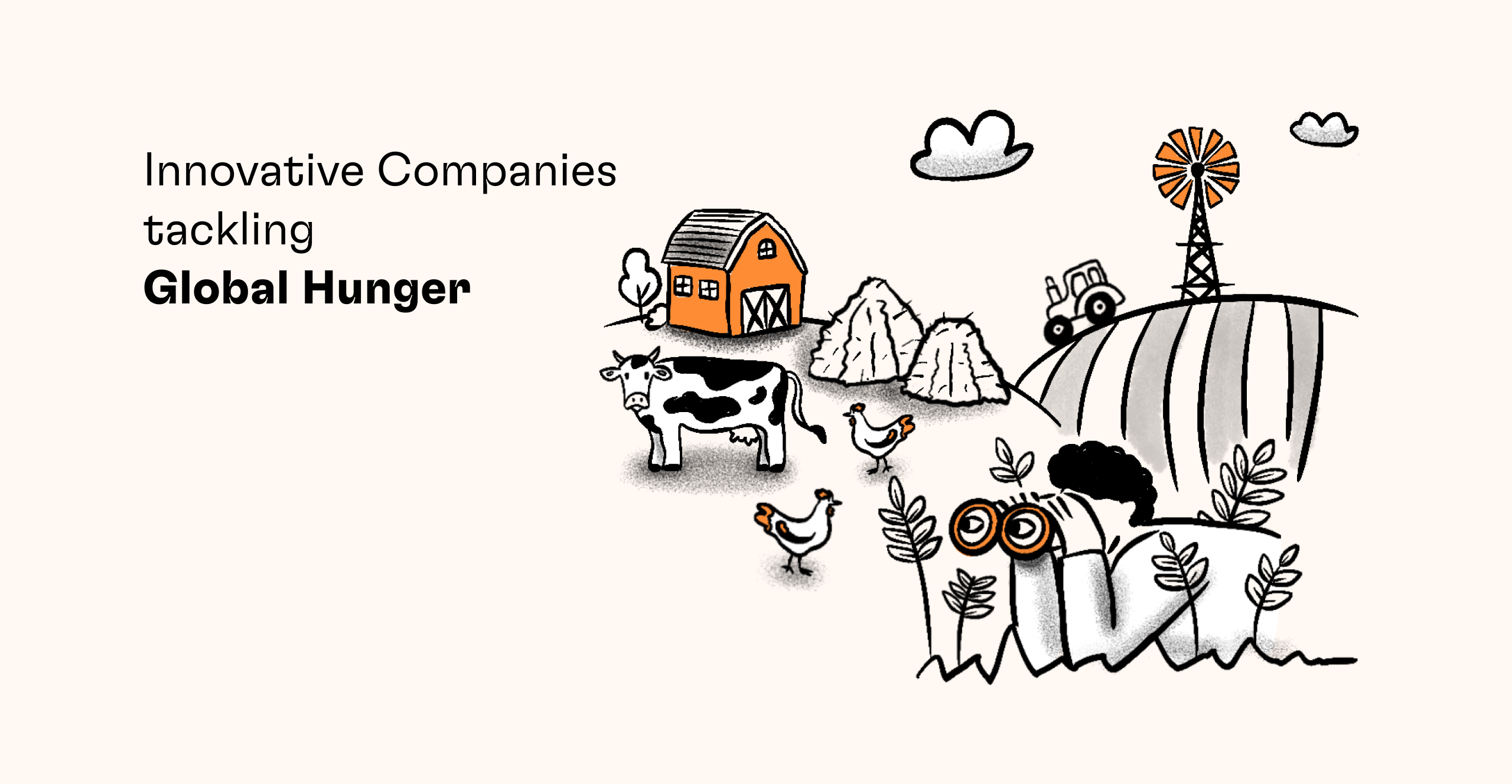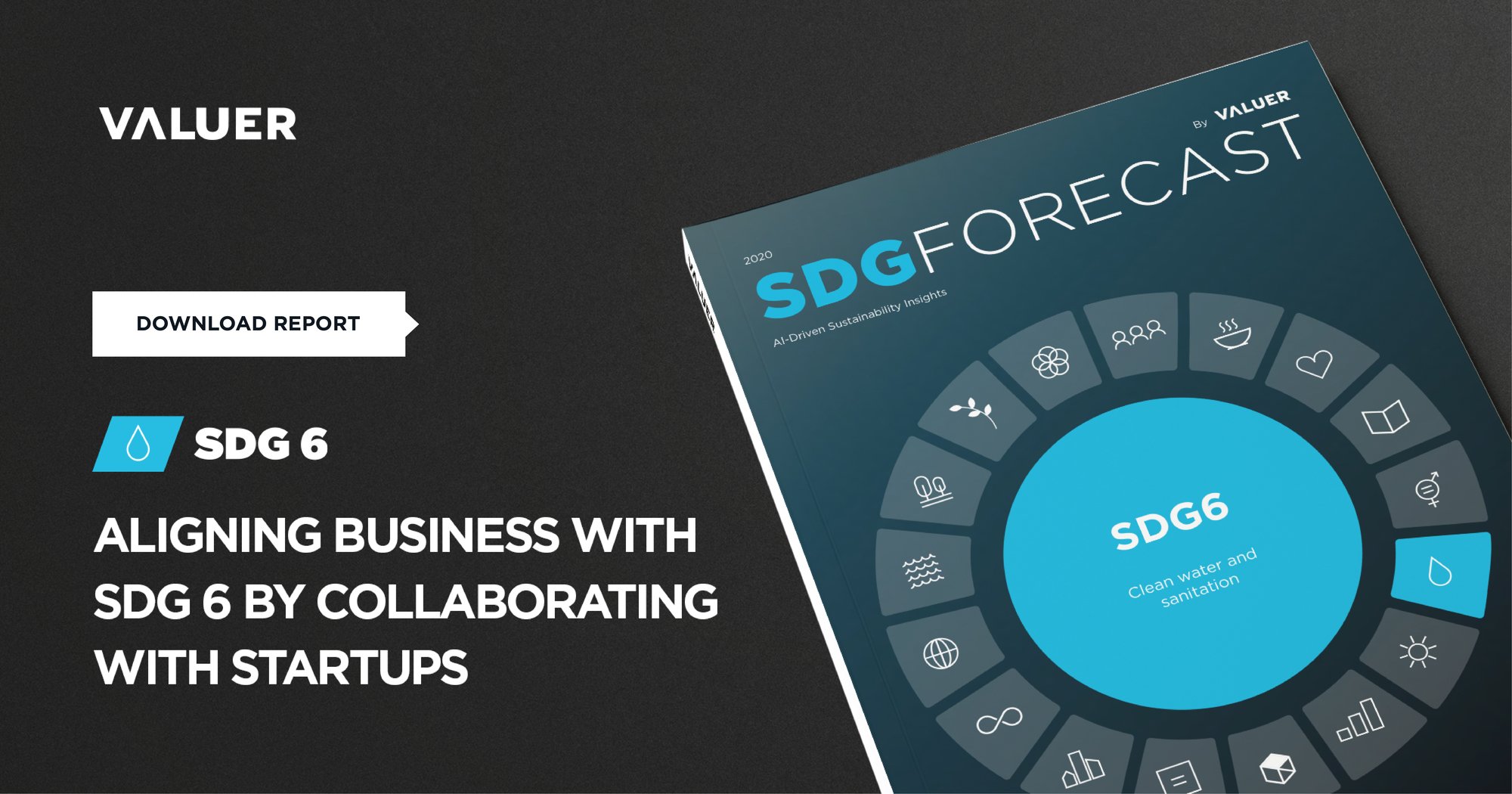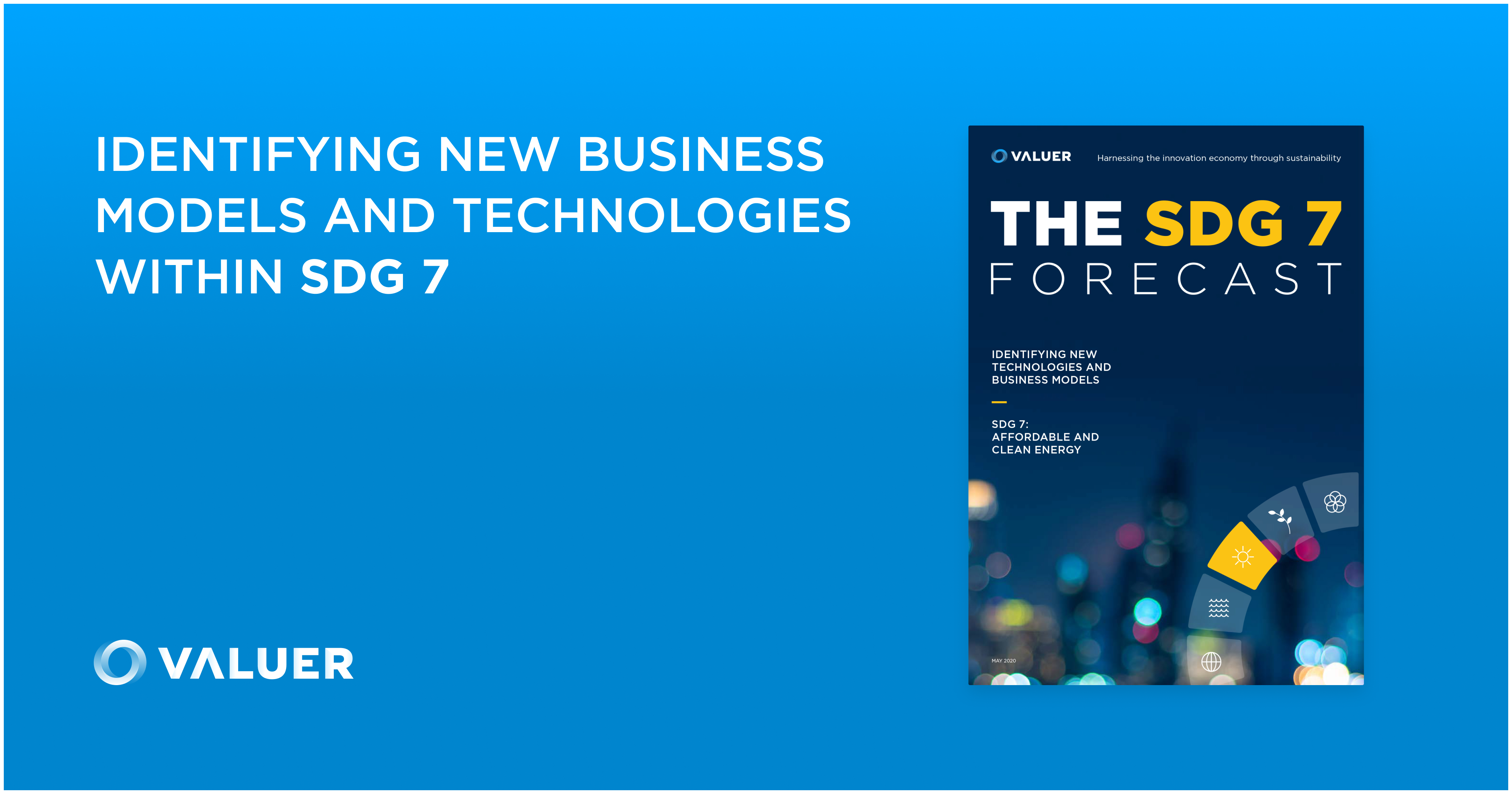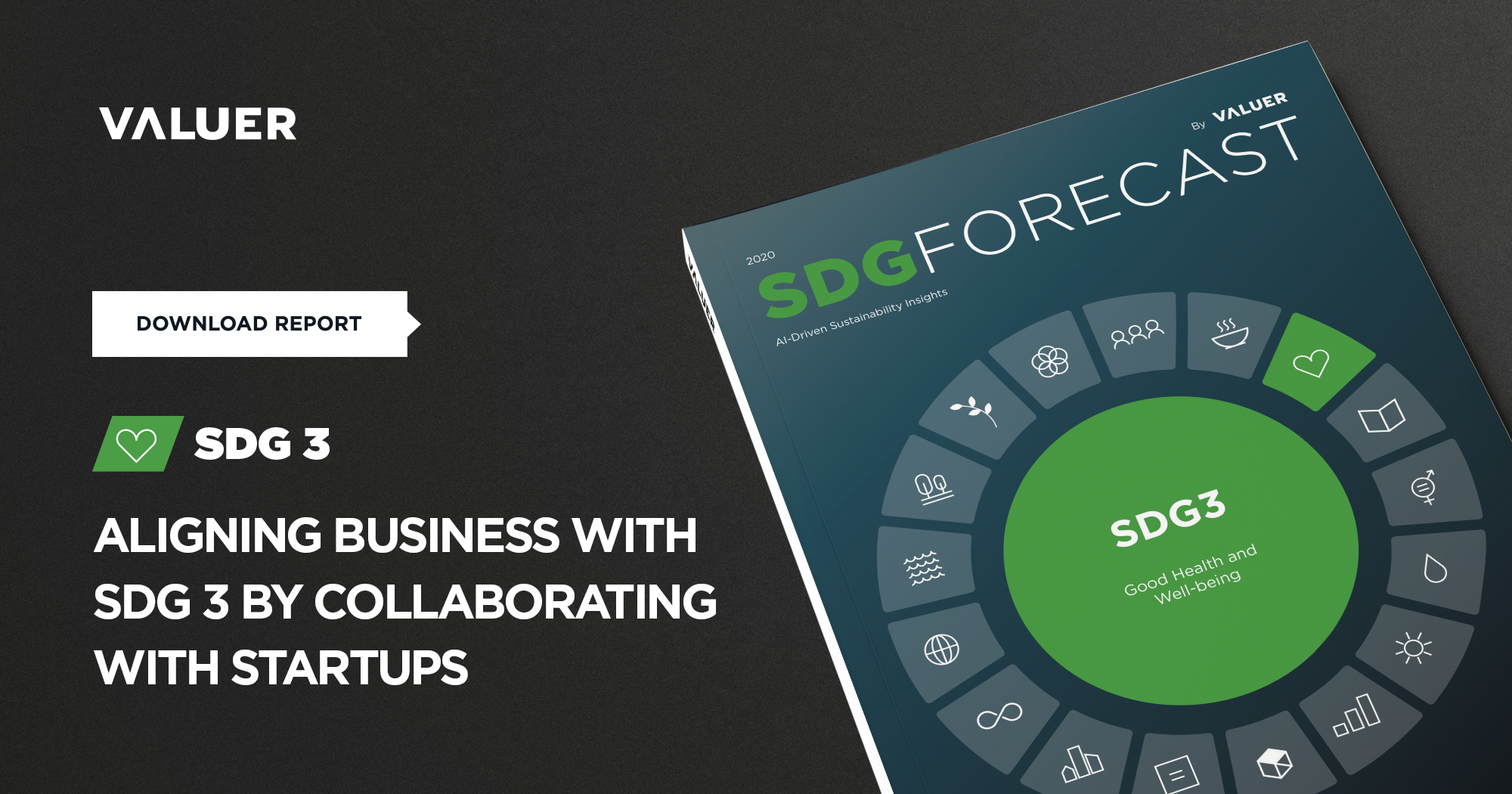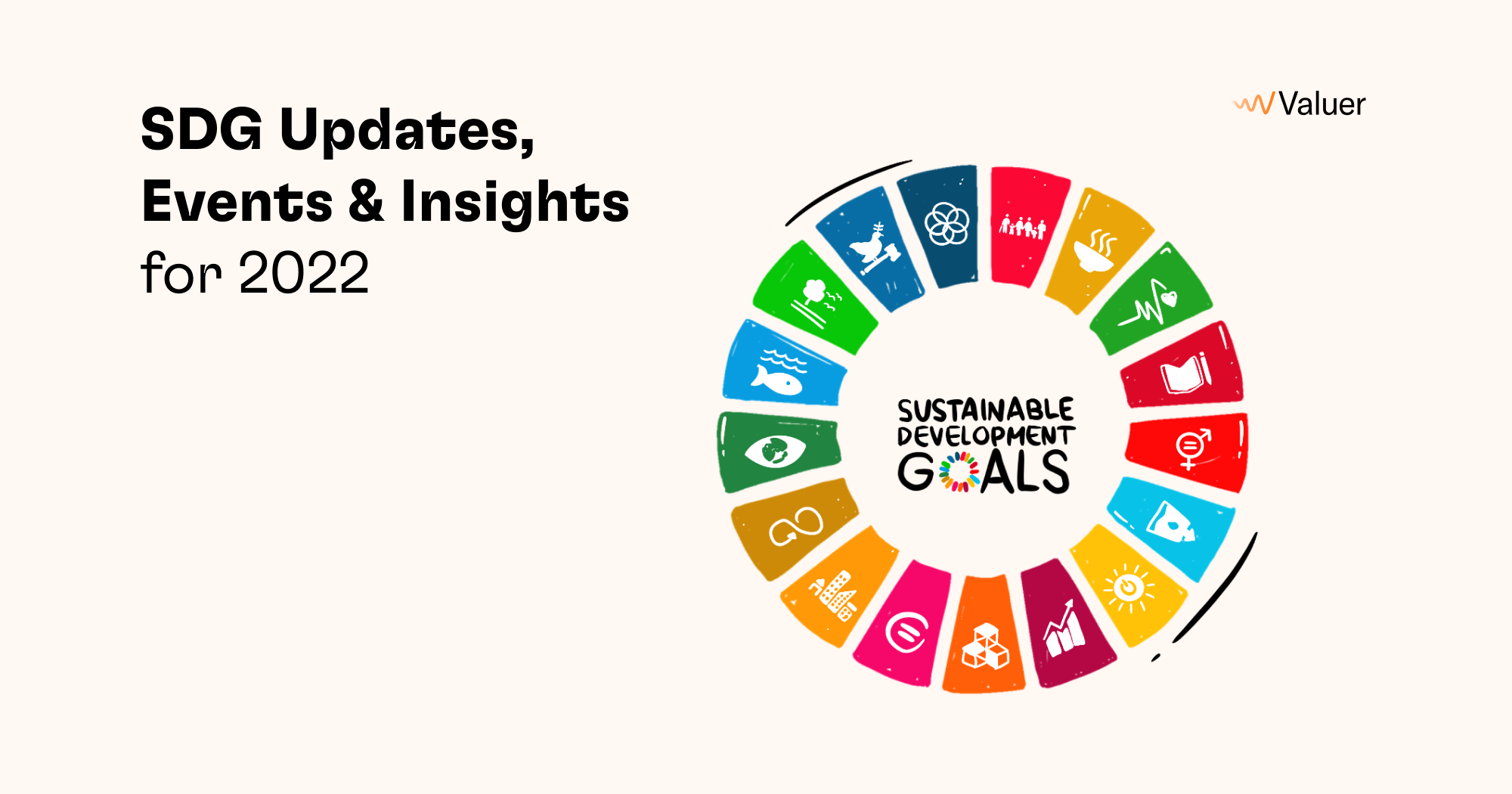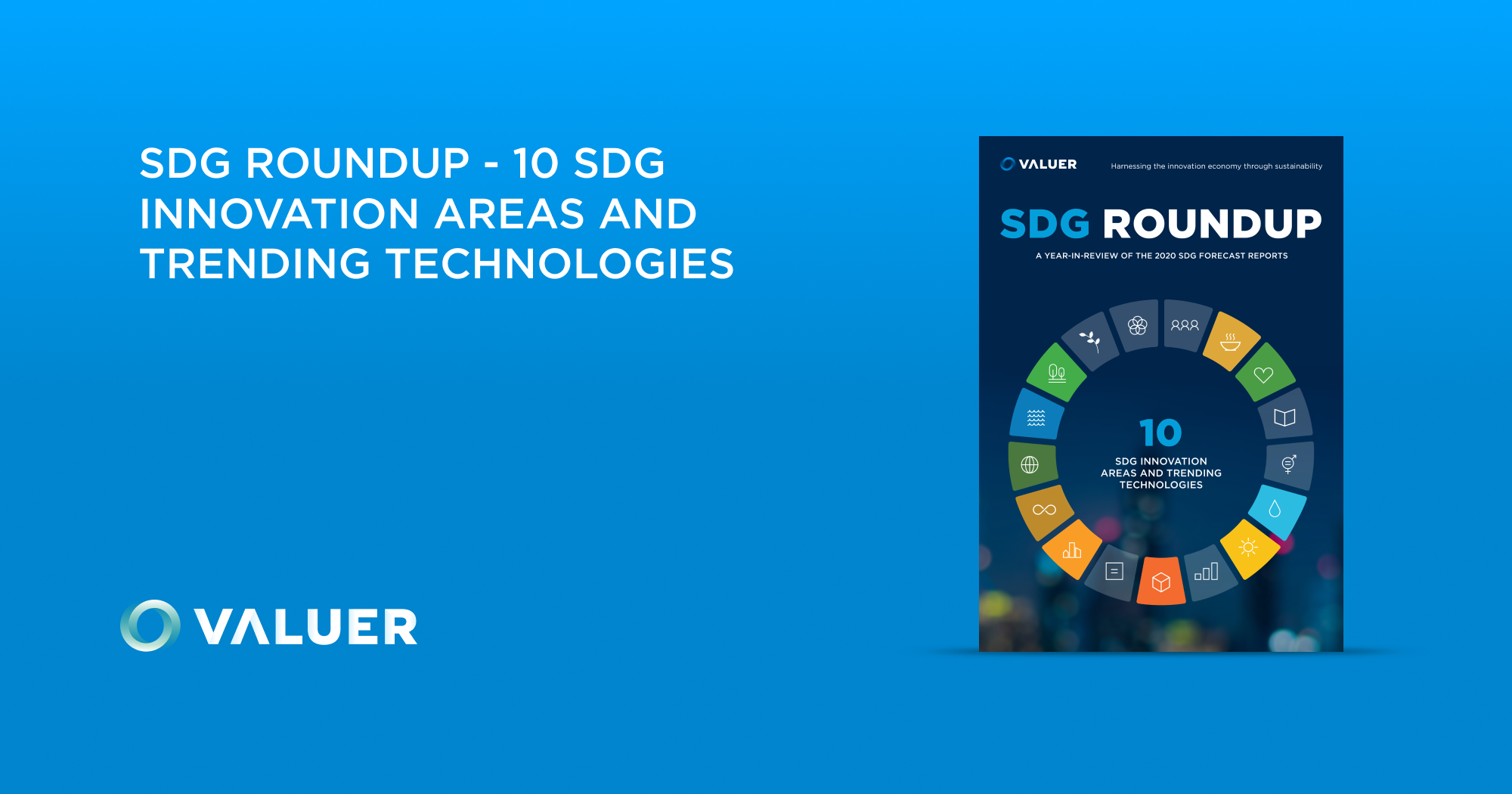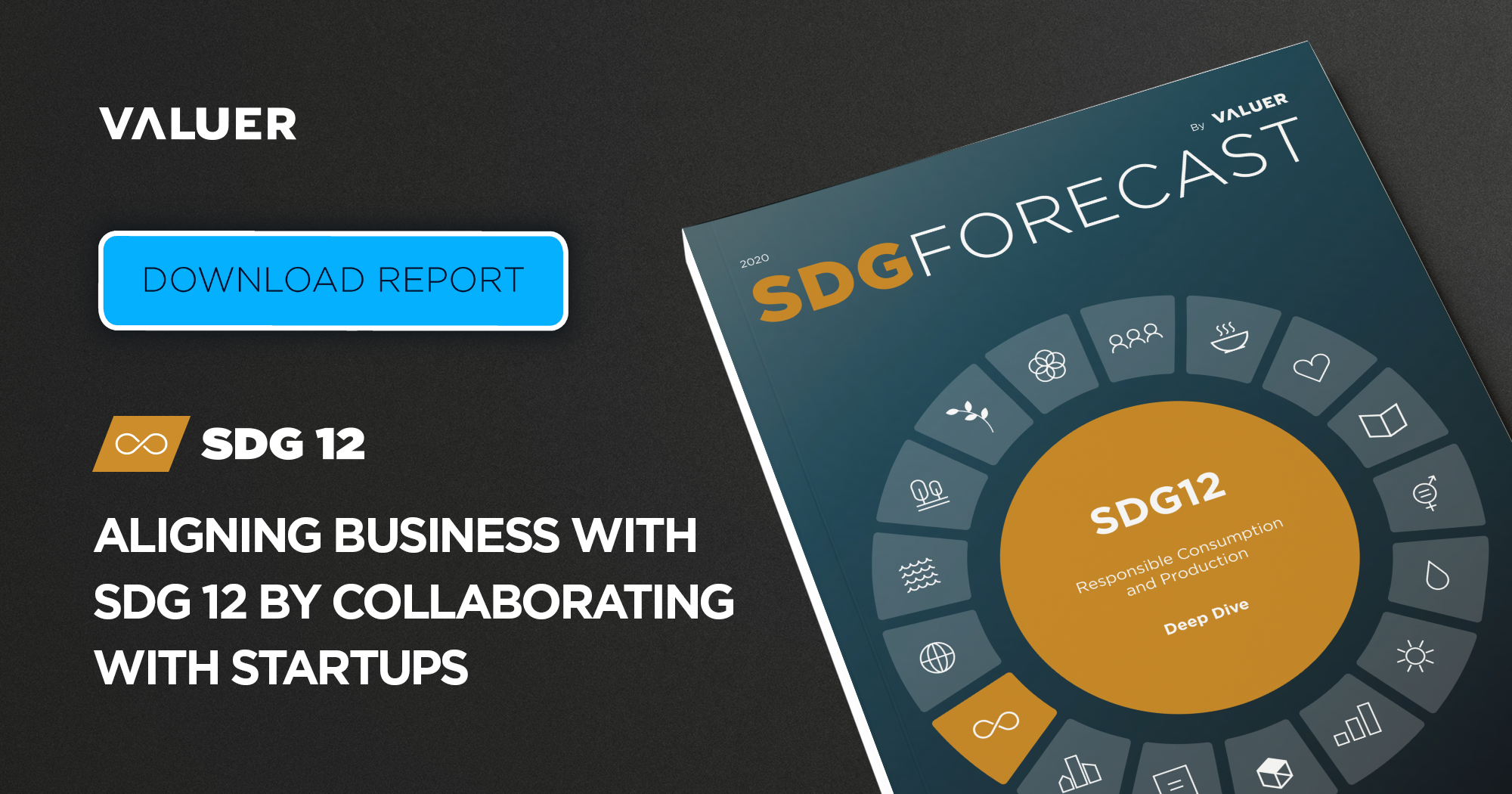*Updated October 2022
Several years ago, around the original publish date of this article, we were engaged in releasing reports that we called our SDG Forecast series, which aimed to help companies align with Sustainable Development Goals. Emphasizing the importance of technological innovation for achieving more sustainable operations, each publication focuses on one UN Goal and includes data from the Valuer platform, market analysis, trending technologies, relevant startups, and more.
When we first published this specific article in December of 2020, it focused on summarising our SDG 15: Life on Land report. and covered three aspects of the SDG’s targets: sustainable agriculture, sustainable forest management, and wastewater management. Much has changed in two years, and we recently revisited the agriculture topic in a comprehensive report, Sustainable Agriculture and the Future Of Farming.
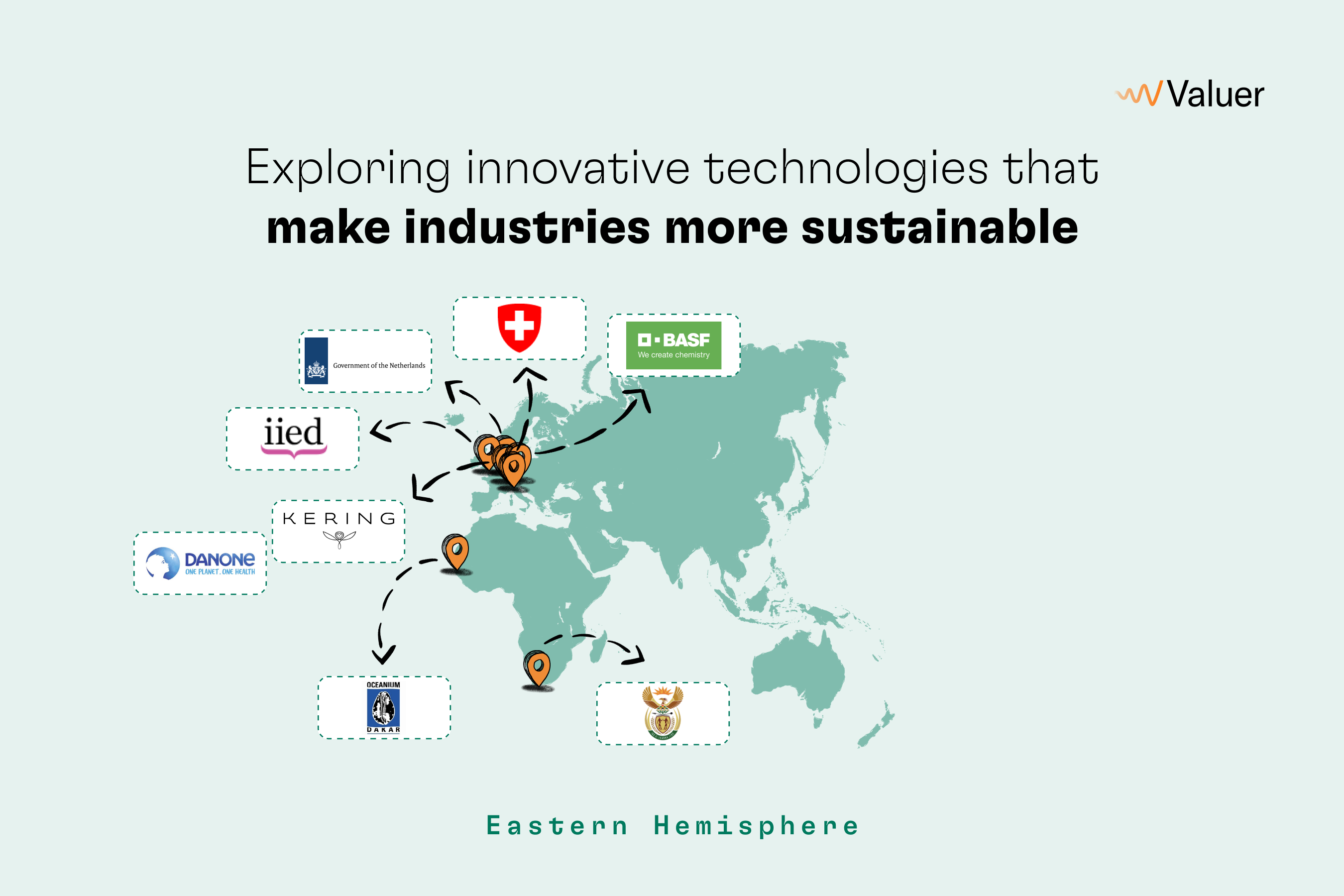
Just as in our SDG 15 Forecast report, our Sustainable Agriculture and the Future Of Farming digital report was accomplished through a process of desk, database, and field research by which our analysts used our AI-Search to discover and list startups and innovative technologies that matched the agriculture and "Life on Land" goals.
Startups that align with SDG 15
Utrecht, The Netherlands
Satelligence
 Satelligence utilizes satellite geodata analytics to help companies tackle deforestation and meet sustainability commitments. This is achieved by combining radar and optical satellite images to assess patterns and trends in forest and agriculture, tracking deforestation and environmental risks in real-time.
Satelligence utilizes satellite geodata analytics to help companies tackle deforestation and meet sustainability commitments. This is achieved by combining radar and optical satellite images to assess patterns and trends in forest and agriculture, tracking deforestation and environmental risks in real-time.
Houston, USA
Drylet
Drylet provides and supports bioremediation solutions for municipal and agricultural wastewater treatment, swine production, and energy industries. This is achieved using their biocatalyst technology which boosts the process efficiency of aerobic digestion and improves operations and project economics.
Amsterdam, The Netherlands
ReNature
ReNature aims to introduce sustainable agroforestry systems by effectively changing the production method. By designing and implementing model farms and creating model schools, the company provides information, guidance, and support to local authorities, cooperatives, and farmers in making sustainable agriculture in the form of agroforestry.
Arundel, Australia
Virotec
Virotec is an environmentally remediation and waste management specialist that provides technology and solutions that solve intractable problems, such as hazardous waste, and convert it into usable and valuable resources.
NnewOrleans, USA
NanoFex
NanoFex is a materials engineering company that specializes in nanomaterials for the environmental remediation industry. The company develops and produces cellulose nanospheres using a customized spray dryer process to produce a nano-particle powder that is capable of remediating chlorinated solvents in an economical and effective way.
Winnipeg, Canada
Nexom
 Nexom is a wastewater treatment company that designs and supplies proprietary technologies for cleaner water. These biological or filtration-based technologies enable new and existing wastewater treatment plants to meet their nutrient reduction targets and meet exceedingly strict discharge standards.
Nexom is a wastewater treatment company that designs and supplies proprietary technologies for cleaner water. These biological or filtration-based technologies enable new and existing wastewater treatment plants to meet their nutrient reduction targets and meet exceedingly strict discharge standards.
Seattle, USA
FLOWWORKS
 FlowWorks enables environmental monitoring and real-time reporting and analytics through their web-based suite of tools. They collect, manage, and analyze environmental data, transforming it into actionable information.
FlowWorks enables environmental monitoring and real-time reporting and analytics through their web-based suite of tools. They collect, manage, and analyze environmental data, transforming it into actionable information.
Toledo, The United States
Satelytics
 Satelytics provides a cloud-based geospatial analytics software suite that allows companies to monitor their assets on the ground and alerts them on critical issues. By using data from sources like satellites, drones, or planes, and their analytics software, the company detect issues like hydrocarbon leaks, water quality, vegetation health, and more.
Satelytics provides a cloud-based geospatial analytics software suite that allows companies to monitor their assets on the ground and alerts them on critical issues. By using data from sources like satellites, drones, or planes, and their analytics software, the company detect issues like hydrocarbon leaks, water quality, vegetation health, and more.
Calgary, Canada
Livestock Water Recycling
Livestock Water Recycling is a global manufacturer of manure treatment systems that provide that provide hog, dairy and anaerobic digester operations. Using their patented manure treatment technology, the company recycles clean water and fertilizer nutrients from livestock manure for reuse at the farm.
San Leandro, The United States
Porifera
 Porifera develops advanced membranes and systems for water treatment and product concentration. This enables them to concentrate juices, wines, coffees, and other beverages and aqueous solutions, effectively removing water and retaining only the most valuable components of the products.
Porifera develops advanced membranes and systems for water treatment and product concentration. This enables them to concentrate juices, wines, coffees, and other beverages and aqueous solutions, effectively removing water and retaining only the most valuable components of the products.
Amsterdam, The Netherlands
Land Life Company
 Land Life Company is a technology-driven reforestation company that offers corporations and organizations a sustainable path to take climate action and compensate carbon emissions by planting trees at scale. This is done by applying data, drones, artificial intelligence, and monitoring applications in every step of the planting process.
Land Life Company is a technology-driven reforestation company that offers corporations and organizations a sustainable path to take climate action and compensate carbon emissions by planting trees at scale. This is done by applying data, drones, artificial intelligence, and monitoring applications in every step of the planting process.
Espoo, Finland
Collective Crunch
 Collective Crunch uses climate, geo, and process data to analyze this information in their SaaS platform for deeper insights and forest inventory predictions, helping clients with forest sales, forest valuation, and forest management.
Collective Crunch uses climate, geo, and process data to analyze this information in their SaaS platform for deeper insights and forest inventory predictions, helping clients with forest sales, forest valuation, and forest management.
Kilifi, Kenya
Komaza
 Komaza is a distributed forestry company that provides smallholder farms with technology, services, and training to create new sustainable wood supply for Africa. By leveraging farmer land and labor, Komaza can access effectively limitless land and plant trees for far less, providing them with training, planting input, maintenance support, and a guaranteed market for wood processing and sales operations.
Komaza is a distributed forestry company that provides smallholder farms with technology, services, and training to create new sustainable wood supply for Africa. By leveraging farmer land and labor, Komaza can access effectively limitless land and plant trees for far less, providing them with training, planting input, maintenance support, and a guaranteed market for wood processing and sales operations.
Oxford, The United Kindgom
Dendra
 Dendra Systems uses data science, artificial intelligence, and automated drones equipped with a custom seed-spitter to rehabilitate land and restore biodiverse ecosystems at scale. This is achieved by identifying trouble spots and changes in land that could derail rehabilitation efforts and applying specialized seed mixes through aerial seeding.
Dendra Systems uses data science, artificial intelligence, and automated drones equipped with a custom seed-spitter to rehabilitate land and restore biodiverse ecosystems at scale. This is achieved by identifying trouble spots and changes in land that could derail rehabilitation efforts and applying specialized seed mixes through aerial seeding.
Aacabideche, Portugal
Tesselo
 Tesselo helps organizations manage their land resources more efficiently by augmenting satellite imagery, artificial intelligence, and sectorial expertise. This results in real-time, country-wide mapping solutions applicalbe to industries like forestry, agriculture, and infrastructure and cities.
Tesselo helps organizations manage their land resources more efficiently by augmenting satellite imagery, artificial intelligence, and sectorial expertise. This results in real-time, country-wide mapping solutions applicalbe to industries like forestry, agriculture, and infrastructure and cities.
Kalamazoo, The United States
Vestaron
Vestaron provides growers with novel, effective chemistries based on peptide that overcome existing resistance issues. Through their proprietary platform for peptide optimization and fermentation-based peptide production, they produce insecticides for agriculture, animal health, non-crop, and commercial pest control applications.
Zippori, Israel
Ayala Water and Ecology
Ayala Water & Ecology develops eco-friendly solutions for urban, agricultural, and industrial waste flows, environmental rehabilitation, and the protection of watersheds. This is achieved with their modular NBS (Nature Based Solutions) kits or tailored projects, which provide economical and aesthetic waste treatment solutions, rehabilitation of affected water bodies, and rebalancing of watersheds.
St. Louis, The United States
CoverCress
 CoverCress develops an oilseed crop grown over winter between normal full-season corn and soybeans. The pennycress-based crop has limited erucic, fiber, and sinigrin levels, disregarding the limitations native pennycress has. As a result, it produces oil and high protein feed while acting as a cover crop, combining soil improvement and grain production without displacing other crops.
CoverCress develops an oilseed crop grown over winter between normal full-season corn and soybeans. The pennycress-based crop has limited erucic, fiber, and sinigrin levels, disregarding the limitations native pennycress has. As a result, it produces oil and high protein feed while acting as a cover crop, combining soil improvement and grain production without displacing other crops.
San Francisco, The United States
Plenty
 Plenty aims to bring fresh, local produce to communities everywhere in a way that’s better for the environment through their local field-scale indoor vertical farms. They create the perfect environment for plants while reducing the unpredictability of climate change. As a result, customers are supplied with pesticide-free and sustainable produce.
Plenty aims to bring fresh, local produce to communities everywhere in a way that’s better for the environment through their local field-scale indoor vertical farms. They create the perfect environment for plants while reducing the unpredictability of climate change. As a result, customers are supplied with pesticide-free and sustainable produce.
Helsinki, Finland
Ekogrid
 EKOGRID provides Greentech and cleantech technology for use by governments, local municipalities, industries, and energy companies. Their EKOGRID technology utilizes certain electrokinetic and electrochemical reactions to enhance bioremediation and break down pollutants in soil, groundwater, and sediment.
EKOGRID provides Greentech and cleantech technology for use by governments, local municipalities, industries, and energy companies. Their EKOGRID technology utilizes certain electrokinetic and electrochemical reactions to enhance bioremediation and break down pollutants in soil, groundwater, and sediment.
NGOs that align with SDG 15
San Francisco, The United States
Rainforest Action Network (RAN)
The Rainforest Action Network (RAN) is a San Francisco-based non-profit organization with a vision of working towards a world where healthy forests, a stable climate, and wild biodiversity are protected and celebrated.
The global organization’s operations include working taking action against companies and industries driving deforestation and climate change, working closely with frontline communities, and supporting them with research and analysis. Consequently, these operations aim to preserve forests, protect the climate, and uphold human rights by challenging corporate power and systematic injustice through frontline partnerships and strategic campaigns.
To this end, RAN’s portfolio consists of various initiatives that aim to achieve these goals, including helping frontline communities hold corporations accountable, defund climate change by stopping banks, and working with local partners to protect diverse ecosystems.
Dakar, Senegal
Oceanium
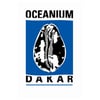 The Océanium is a Senegalese association for the protection of the environment created in 1984. Their actions focus on both land and sea, centered around three main areas of activity: environmental protection, ecotourism, and scuba diving.
The Océanium is a Senegalese association for the protection of the environment created in 1984. Their actions focus on both land and sea, centered around three main areas of activity: environmental protection, ecotourism, and scuba diving.
The association uses a listening, exchange, awareness, and action methodology to intervene across different ecosystems. For the forests, they’ve helped towards the reforestation of mangrove and species forests, fought against bushfires, and created and managed community forests. On the other hand, they’ve created community marine protected areas and organized seabed cleaning operations for the oceans.
Activities also include educating local schools and villages on the biodiversity challenges through their educational center and creating educational materials, like films and exhibitions. Additionally, tours of exceptional natural sites are provided to support their actions and highlight their projects, all while ensuring local communities' well-being and economic development.
London, United Kingdom
International Institute for Environment and Development (IIED)
The International Institute for Environment and Development (IIED) is a London-based policy research institute whose mission is to “build a fairer, more sustainable world, using evidence, action and influence, working in partnership with others.”
The organization’s strategy is to deliver original, rigorous research that helps drive progress, support sustainable development, and protect the environment. This is demonstrated through four research groups: climate change, human settlements, natural resources, and shaping sustainable markets. In each of these, IIED develops cross-cutting solutions that deliver impact on different levels, like collaborating with partners to address the challenges of climate change, and building capacity and shaping policy for the fair and sustainable use of natural resources, among others.
With more than 120 employees and researchers from 16 countries, the organization initiated multiple global projects on biodiversity loss, food sovereignty, biocultural heritage, and agroforestry. All of these projects effectively influence and drive policy action and rule change affecting multiple communities.
Governments that align with SDG 15
The Netherlands
Through its nature policy, the Dutch government aims to preserve and strengthen the Netherlands’ natural environment while encompassing biodiversity's natural and international preservation and sustainable exploitation.
The Dutch government implemented several national and international laws and rules protecting these natural areas to conserve and strengthen the country's natural environment and biodiversity. The National Ecological Network (NEN) is one of them, consisting of existing and planned nature areas, and designed to link nature areas more effectively with each other, and with surrounding farmland. They are also governed by Nature 2000, a European network of protected natural areas where certain species of animal and their natural habitats are protected to preserve biodiversity. The network also imposes other targets for the members, including reducing the nitrogen levels emitted by manure applications in farming and improving the water quality of these areas.
Furthermore, the government supports biodiversity conservation and sustainable exploitation in line with international biodiversity agreements. These include the European Birds Directive to protect all of the 500 wild bird species naturally occurring in the EU and the CITES convention to ensure that international trade in species of wild animals and plants does not threaten their survival.
Switzerland
The Swiss government wants to promote biodiversity directly across the country through its Action Plan for the Swiss Biodiversity Strategy. The measures in this plan will build bridges between federal biodiversity policy and other policy areas, like agriculture and transport, and raise awareness among decision-makers and the public about the importance of biodiversity as a central pillar of life. Additionally, to enable the most urgent deficits concerning biodiversity in Switzerland to be tackled, a total of CHF 135 million were provided for urgent remediation and upgrading measures in biotopes of national importance, promotional measures in forest biodiversity, and the eradication of invasive alien species in the period 2017 to 2020.
In one of the pilot projects, the Swiss government wants to develop a geo-referenced inventory of Switzerland’s forest wilderness areas which have been left unmanaged for over 50 years. This will open opportunities for the country’s ecological infrastructure and be exploited as future forest reserves as well. In another project, the government wants to develop an information base for the targeted remediation of medium-voltage power poles that pose an objective risk to birds. As most birds with large wing spans are at particular risk, including national priority species, the project will identify power poles and notify the network operators about their location.
Finally, Switzerland also aims to place biodiversity in the spotlight, as most of its population lacks knowledge about the diversity of species and their habitats in the country. More than 61% of respondents in a survey assumed that the country’s biodiversity is generally good, even though it has been declining for decades. Consequently, one in five respondents (19%) could not explain the concept of biodiversity. The project will analyze the causes of the limited awareness and demonstrate and implement suitable methods for reducing the population’s perception deficits in biodiversity.
South Africa
The South African government has several projects and initiatives that address deforestation and push them to achieve their yearly target of 10,000 has of net new afforestation. Their focus is placed on encouraging cooperatives, simplifying and streamlining the regulatory environment, training and extension, supporting the implementation of rural credit, and offering incentives for new entrants. Granted, these projects are governed under the National Forests Act and the Forestry Laws Amendment Act, emphasizing sustainable forest management.
Through the Tree of the Year initiative, the South African government wants to raise awareness about the need to value and protect indigenous trees and to educate the public about South African trees. The people can also choose to protect other national important trees due to their size, age, or aesthetic, cultural, or historical value. Named the Champion Tree Project, more than 70 trees and groups of trees have been declared by the department as champion trees, all getting protection under the National Forests Act.
Encouragement of planting more trees is also present across the country, and the government promotes this through the Million Trees programme. In partnership with the UN, this initiative planted more than four million trees since its inception in 2007, 40% of which were fruit trees planted in mostly poorer rural areas of the country.
Corporations that align with SDG 15
Paris, France
Danone
 As one of its targets centered around SDG 15, Danone aims to eliminate deforestation impacts from its supply chain by the end of 2020. This is organized around their forest footprint policy which prioritizes six major commodities: palm oil, soy, paper, and cardboard packaging, wood biomass, cane sugar, and bio-based plastics for packaging.
As one of its targets centered around SDG 15, Danone aims to eliminate deforestation impacts from its supply chain by the end of 2020. This is organized around their forest footprint policy which prioritizes six major commodities: palm oil, soy, paper, and cardboard packaging, wood biomass, cane sugar, and bio-based plastics for packaging.
Through the Livelihoods Carbon Fund, the company seeks to invest in three types of projects in Africa, Asia, and Latin America: restoration and preservation of natural ecosystems, agroforestry and soil restoration through sustainable agricultural practices, and access to rural energy to reduce deforestation. Agroforestry and mangrove restoration are also included in the scope of this fund, empowering farmers and communities with the tools needed to restore them.
One example of this is in the Araku Valley region in India, where more than 40,000 women and men farmers were supported in their transition to sustainable farming. More than 3 million fruit trees and 3 million coffee trees were planted, restoring over 6,000 ha of degraded lands and increasing the food security of the local population.
Ludwigshafen, Germany
BASF
 As part of BASF’s efforts to protect, restore, and promote sustainable use of terrestrial ecosystems, the company embarked on multiple projects and initiatives that aim to achieve these efforts. Preventing water pollution is one of them, initiated through Operation Clean Sweep, an international program that thrives on preventing plastic pellets, flakes, and powder loss and on ensuring that these materials don’t end up in the environment.
As part of BASF’s efforts to protect, restore, and promote sustainable use of terrestrial ecosystems, the company embarked on multiple projects and initiatives that aim to achieve these efforts. Preventing water pollution is one of them, initiated through Operation Clean Sweep, an international program that thrives on preventing plastic pellets, flakes, and powder loss and on ensuring that these materials don’t end up in the environment.
Within the program, the plastics industry value chain companies commit to implementing good practices and contributing to a clean environment with plastic loss prevention. Unprocessed, these pellets are unobtrusive and can be easily overlooked, imposing a great risk of them being spilled in the environment during production or transport.
BASF identified and removed potential sources of pellet loss, made technical improvements at their sites, and trained their employees to the challenges of pellet loss. Their goal is to examine ongoing processes and improve them if necessary, while also engaging with their value chain partners to participate in the initiative as well.
Paris, France
Kering
In its commitment to having a net positive impact on biodiversity by 2025, Kering aims to regenerate and protect an area that is six times more than its total land footprint. This will be accomplished through the Kering for Nature Fund: One Million Hectares for the Planet, supporting promising agriculture and rangeland projects worldwide. This provides the potential to transform agriculture by replenishing and strengthening ecosystems through improved farming and livestock-rearing practices. Furthermore, regenerative agriculture promotes increased farm biodiversity, reduced agrochemical inputs, improved soil water retention, and enhanced carbon sequestration. Partnering with the Savory Insitute, Kering aims to promote and support the regenerative production of raw materials and utilize Savory’s methodology in their leather and fiber supply chains that come from grazing systems, like wool and cashmere. In another project in China in collaboration with RARE and SouthPole, the company aims to quantify carbon sequestration through improved practices.
A critical transformation ahead
As concerns about climate change are growing, regulators are becoming stricter, but so are customers, employees, and investors. As a result, businesses are pressured to reinvent their traditional products and processes, and in turn, are driving change and innovation that transform critical industries.
Fortunately, we believe that this new reality brings threats and numerous business opportunities to those who embrace it on time. By finding startups with innovative technology that complement a corporation’s unique needs, the Valuer AI platform can help organizations adopt the most compatible sustainability-related solutions.







